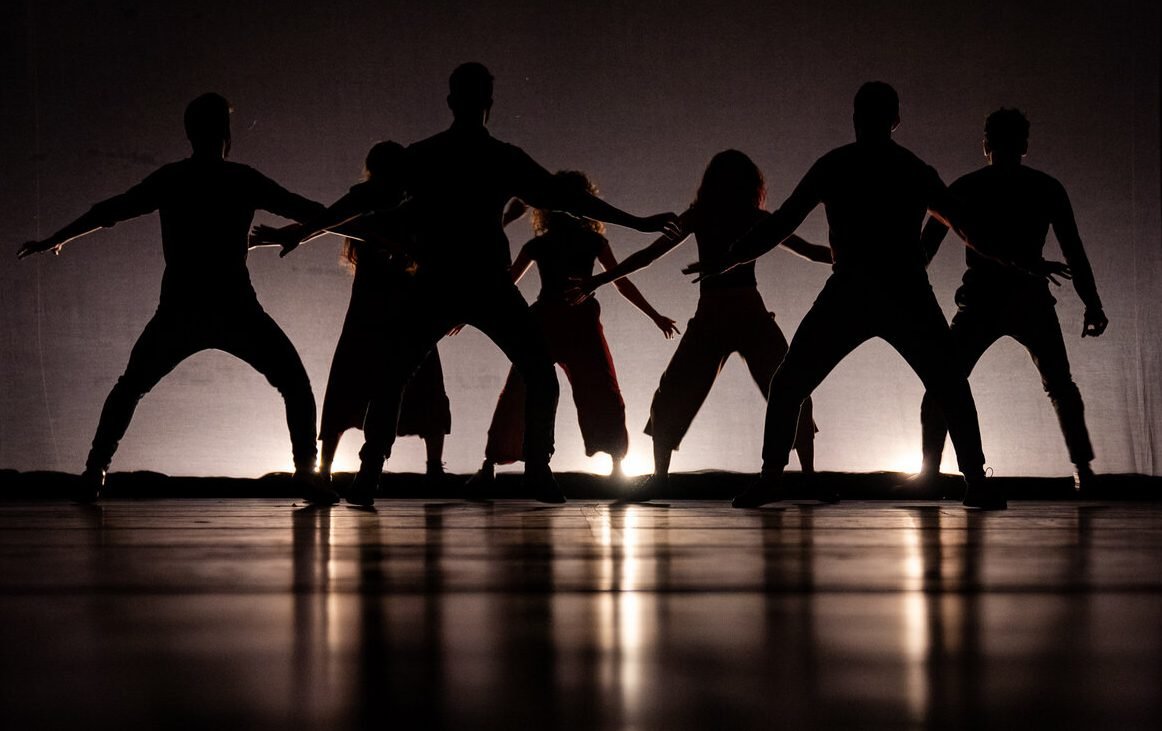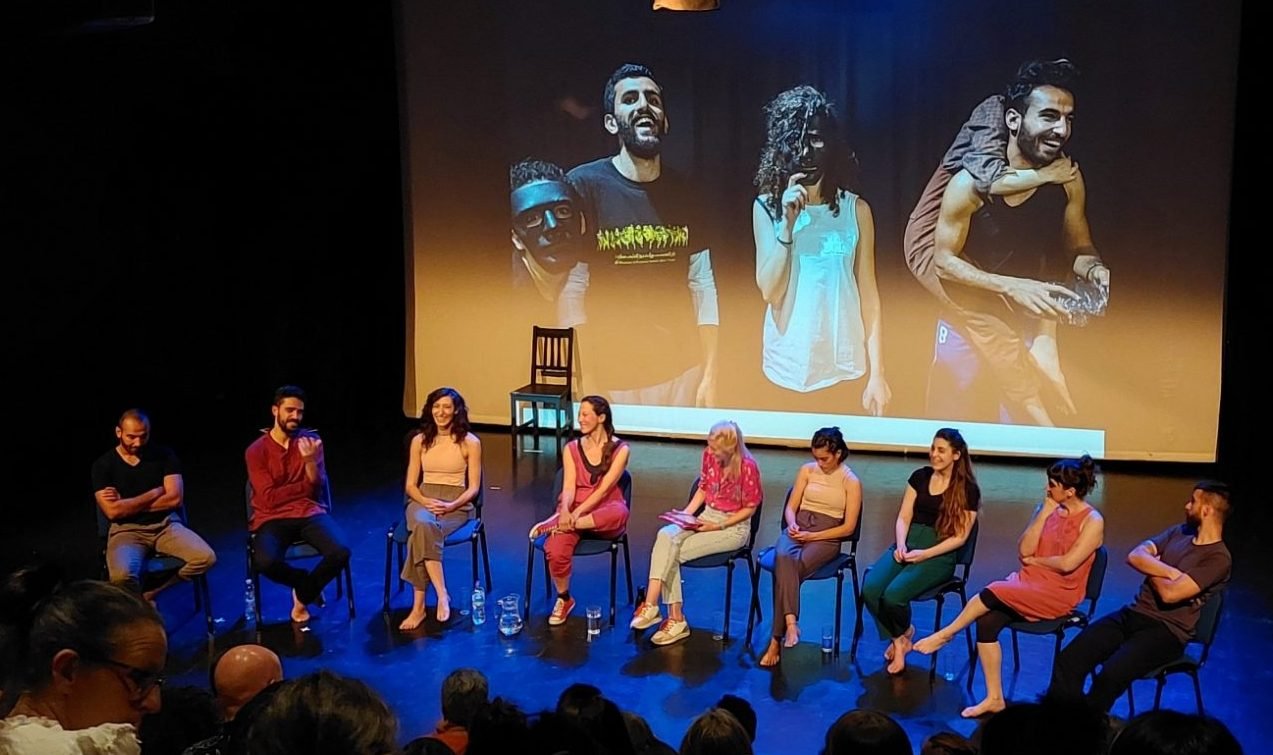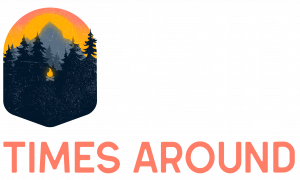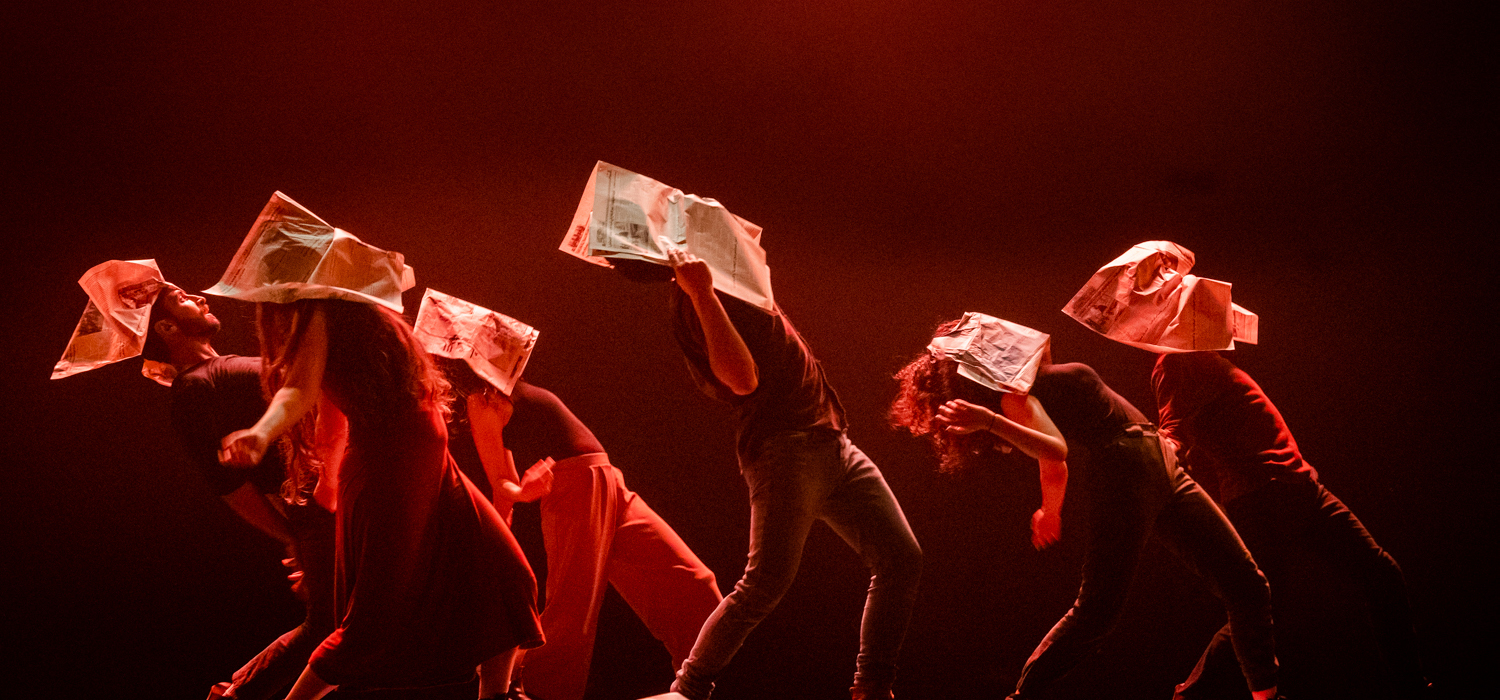On the 16th July 2022 I went along to the Unity Theatre in Liverpool to see a Dance Performance titled Curfew. It was one of two performances put on at Unity as part of the Liverpool Arab Arts Festival, more about that below, but first a disclaimer of sorts. Firstly, this was Modern Dance, there is no doubt about that and the Dancers were outstanding in terms of the quality of their performance and abilities with a collective on-stage experience of 40+ years of Dance performance between them. When I go to see performances, particularly Dance performances, I try to go in with a completely open mind. Open to the experience I am about to see without any forced ajenda. In the case of Curfew, this was made impossible due to choices made by the Dance Company involved. First of all there was a spoken introduction at the start of the performances. The introduction brought in elements which made it harder to stay open minded. The performances themselves were followed by an on-stage Question and Answer session, which of course we stayed to see unlike some of the audience who decided to leave following the applause. This was.. different in my experiences for a Dance Performance. But anyway, long story short… Here on this blog, I try to write about my experiences of enjoying these events, activities and performances out in the world with no political connotations or by pushing no ideological agenda, and therefore aside from describing the performances, I will not share any thoughts or feelings outside of the performances themselves. If I feel a need to do so, I will write about those parts of this performance elsewhere.
Secondly, this post has been written on the 21st of July 2022 as it has taken a few days for my thoughts regarding the performance to percolate and come together but also and perhaps more pressingly, the heatwave pushing oppressively hot temperatures (oh there’s irony in there somewhere) on the UK at this time has made wanting to sit and write anything difficult on its own, I wanted to do it justice so I waited a couple of days for temperatures to drop.
Ok, let’s jump in…

“Curfew” was first devised in 2018 and was performed to two sell-out nights at Rich Mix in London and one night in Ramallah in 2019. It was due to be performed in Liverpool at the Unity Theatre in 2020 but Covid-19 put pay to that and saw the cancellation / postponement of that show. The performance was created by the Hawiyya Dance Company and in co-operation with El-Funoun PDT, was performed at Unity Liverpool on Saturday 16th July 2022 and in London at the Bloomsbury Theatre on Wednesday 20th July 2022. Curfew caught my eye as a possible performance to go to way back in April 2022 as I was browsing for Modern Dance performances in Liverpool or elsewhere in the North West. We don’t get as many as we should up here. Visiting London for them is great, but its simply not always possible for me.
The Hawiyya Dance Company [@HawiyyaDabke | HawiyyaDabke] was founded in 2017 as an all-women’s collective who explore identity and culture as well as resistance through the artform of Dance. Utilising “Dabke”, a type of Folk Dance to assist in creative narrative works that explore these themes and more. El-Funoun Palestinian Dance Troupe [@elfunoun_pdt | ElFunoun.Troupe] is an independent non-profit artistic organisation established back in 1979 and is now recognised as the lead Palestinian Dance Company. El-Funoun has led over a thousand performances locally and internationally.
Arriving at the venue by 19:20 on Saturday the foyer and bar was rammed full. I’ve been to Unity in the past, back in February this year and previous to that too and I have never seen it so busy as a venue as it was on this night. Also, Modern Dance on a Saturday… Highly unusual in my experience. To say it was popular was an understatement. When the house opened and we finally got into the theatre itself, there was just the back row and a few outlying seats available. Everyone was told to budge up and fill every available seat until the venue was at capacity. Unity is an intimate venue with a capacity in Unity One of around 150 seats, but when they are all full it must be an amazing feeling for the performers to see.
After being herded in and sat down, we were seated about 10 minutes past the 19:30 start time (as is usually the case with Dance Companies), and unusually there was a representative either of Unity or of the Dance Company who stood up and introduced the performances we were about to see. We were told we would be seeing “Curfew” first which was an ensemble performance followed by a solo-performance from solo artist Sharaf Dar Zaid called “Love in the Time of Apartheid”, as well as a ‘trailer’ for a forthcoming performance of another name. To be completely honest, I don’t recall seeing the trailer, or if it was supposed to be a video trailer projected or a live-action snippet of something forthcoming. There was what seemed to be a very short performance which could well have been it, but I am honestly not sure that neither I nor the audience as a whole got what it was supposed to be.
“Curfew” was billed as a ‘fusion of dabke and contemporary dance that speaks to a world that is numbed and no longer able to respond to the constant bombardment of news, surveillance and manipulation’. “Dabke” – Yes I had to look it up too, is a form of Folk Dance seen in Syria, Lebanon, Palestine, Iraq and Jordan and is mostly performed at weddings and other joyous occasions. A line forms from right to left and the leader of the dabke is at the start of the line. Thinking back now to the performance, with that term in mind I can see the two forms of dance intersecting with each other quite seamlessly.
“Curfew” started from darkness with dancers on the ground waking up and sizing each other up like animals before finding their feet. Lit uniquely by four stage lights, one in each corner of the performance area the dancers are both intrigued and cautious as each one takes a turn in lighting. After a while a prop is introduced on to the stage in the form of Newspapers. One dancer takes a newspaper and absorbs it – eventually literally eating it – showing the others that it is safe to approach and isn’t going to attack them, others ‘consume’ this new method of sharing news and information by wearing the papers on their faces or round their necks. Later on the medium changes to mobile phones with exaggerated swiping and clicking movements shown off to the audience. We do not get to see what is portrayed on these devices, but the stage, in darkness at this point is cleverly lit by only the blinding lights from the screens.
What I took from “Curfew” was a message of an ancient culture discovering firstly themselves and then by the introduction of the newspapers a new source of information, discovering things about their own people and people of the world. Learning news and absorbing information through this traditional media format. Mobile phones were used I think in the context of opening up to new platforms of consumption of news and information, but also I guess to the aspect of surveillance. Manipulation.. I am not so sure of. Of course it happens, but within the context of Curfew, I think this could have perhaps been covered in more detail as from my memory the performance ended fairly swiftly following the introduction of the mobile phones. There were some repeating themes throughout however such as the animalistic sizing up of each other at the start of the piece. This was repeated between the newspaper and technology phase through aggressive exaggerated bumping into each other in order to get closer to the new sources of information and news.
Between the end of “Curfew” and the start of “Love in the Time of Apartheid” the house lights went on which some of the audience took as a symbol of intermission (of which billing said there would be none), and chose that time to get up and exit the house, set to the panic of the crews radios blaring ‘we are starting in a minute’, we watched as those who got up were turned around at the doors. The second performance began.
“Love in the Time of Apartheid” was a story of.. exactly that. It was about the struggle between finding the love of a partner and being stuck between their love and the love they have for their country and way of life. The resounding message was one of loving both equally and yet eventually being resigned to the ways of the times that they currently live within. I cannot begin to imagine this struggle in terms of love vs the ways of your country, but there are ways in which I feel I can relate, and through the solo-performance, the message that was offered was definitely received. It was superbly performed with consistent pacing throughout, the use of props such as a chair and (yet more) paper being thrown around; [which was later defined as a symbolic representation of the sheer amount of paperwork that is required for citizens of Palestine particularly when it comes to visa applications], and back projection scenes telling of the progression of time, thought and feelings throughout the piece.
The piece was lit as a low-light piece for the most part, then through a lamp inside of one of the on-stage props before a short section lit by a tiny section of a single spotlight, barn-doored down to a very focused beam of light. At the very end the performer spoke a line in Arabic then translated for English it (loosely) said “Why choose between the love of my life and the love of my country, I love them both”.
Following the performances there was a little bit of a break. Most of the audience had gotten up, either to go to the bar thinking the performances were over, or simply heading off home. But that wasn’t the end. The cast were to take part in a unique question and answer session following the performances, which the audience had been told of via the billing of the event, and via the spoken announcement at the start of the performances. We remained seated to watch. It did take them about 15 minutes or so to all reassemble back on the stage, and it took stage management about the same amount of time to arrange chairs and drinks for the performers. Remarkably, some of the audience did return, so it wasn’t a q & a session with nobody there to listen or ask questions. The first thing they did was go down the line from right to left of the Dancers and have them introduce themselves, talk a little about their history as a Dancer and something from their lives away from Dance. This clearly made some of them uncomfortable. This isn’t a surprise to me. The form of Dance is a form of communication in its own right, it shouldn’t require the Dancers to speak if they do not wish to.

They all gave their names and spoke about being Dancers, some gave more personal information and I was surprised to find out at that stage, after the performance that only about half of the cast were professional dancers. The rest were volunteers and amateurs all of whom had lives to live outside of Dance. The questions asked by the audience were frankly mostly stupid or had yes / no answers or answers which were obvious to anybody watching, but some did spark responses from some of the seven performers, with some more interested in giving an answer than others. You could see they were nervous. I don’t want to go into the questions or answers given here, but I would say go and do what I did and read up on your history of Palestine and the rest of the Middle East and draw your own conclusions from there. One of the answers given however by one of the quietest performers on stage was that they thought we need to redefine the word “Violence”. I don’t do it justice here but it was a profound statement which summed up most if not all of the other questions asked, for which it received applause and a standing ovation. – I think however for calling it what it was, or was supposed to be, a performance of Modern Dance, it really should have been the dance that got the standing ovation, not an answer to a spoken question.
For more information about Curfew please visit https://www.curfewdance.com/.

